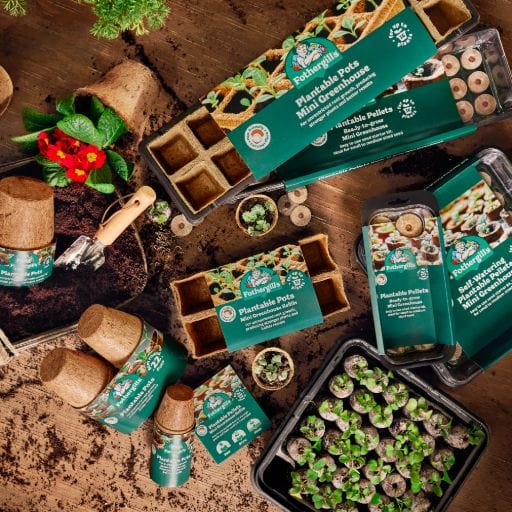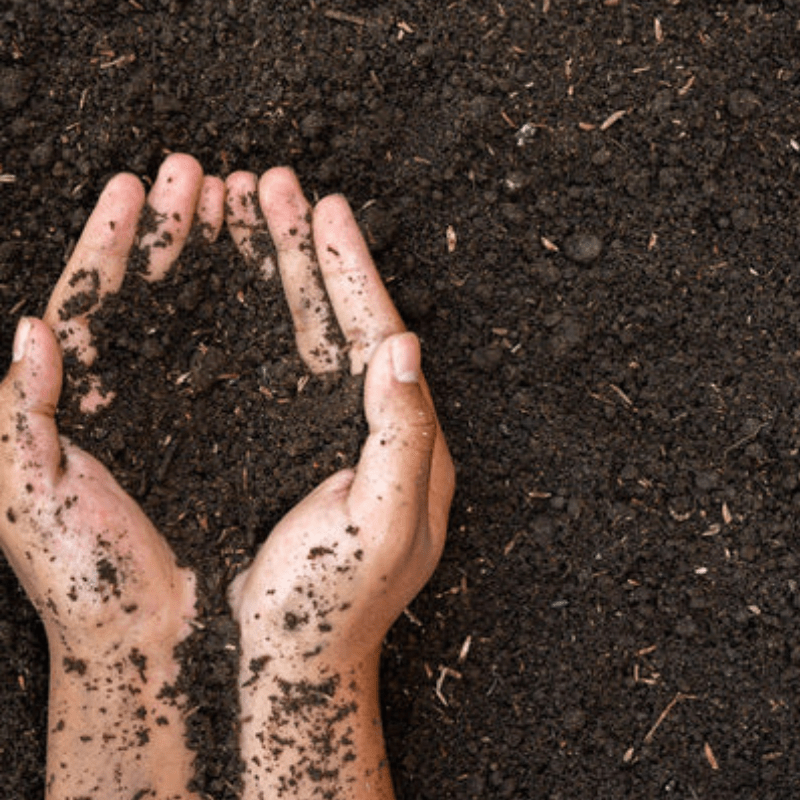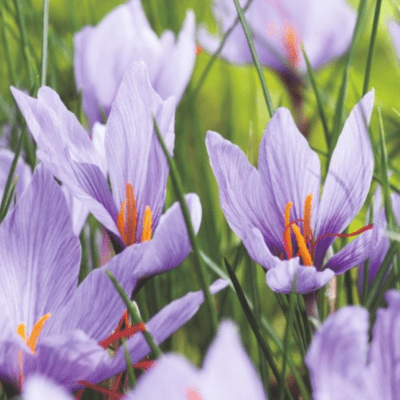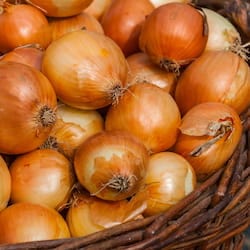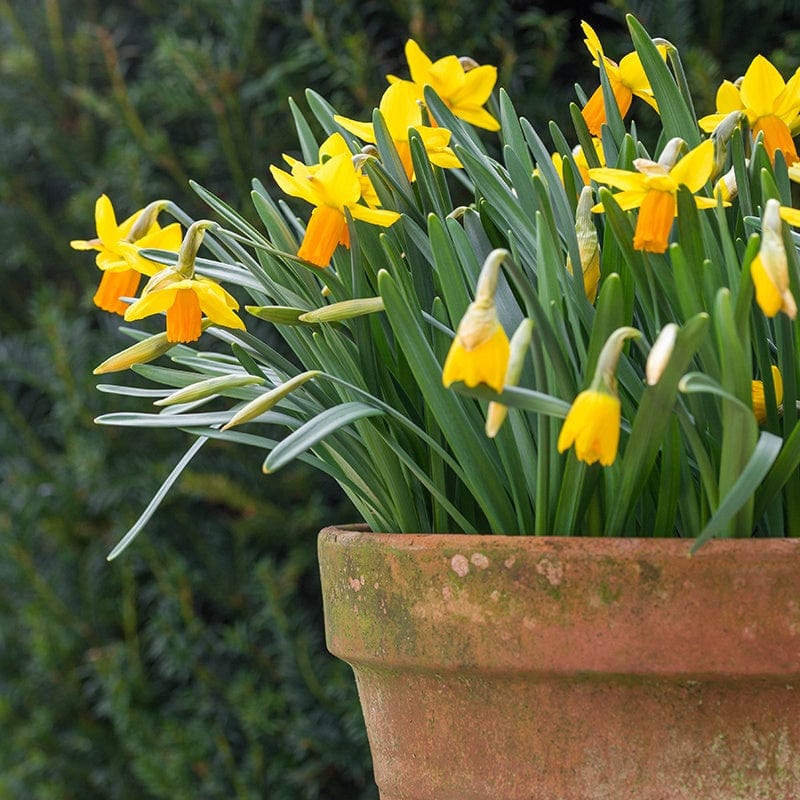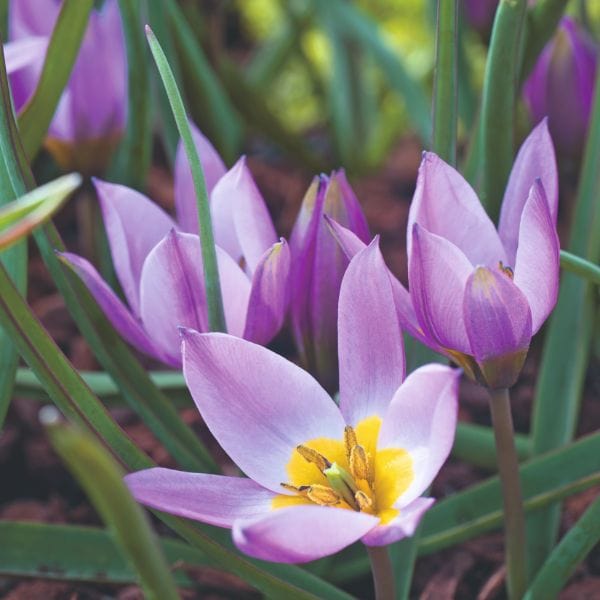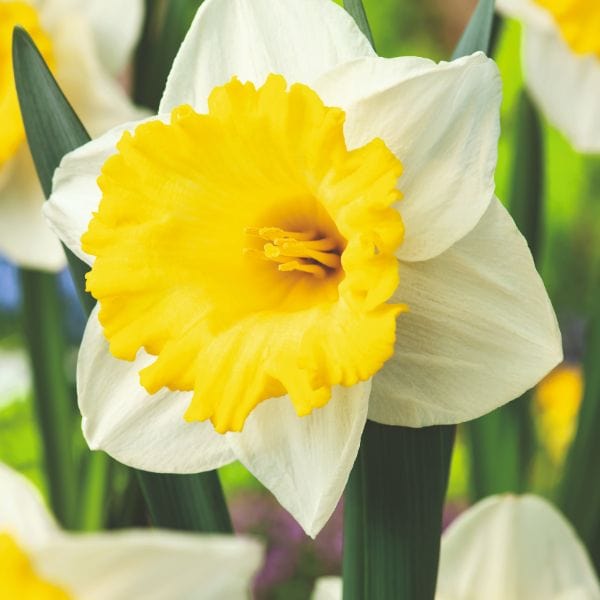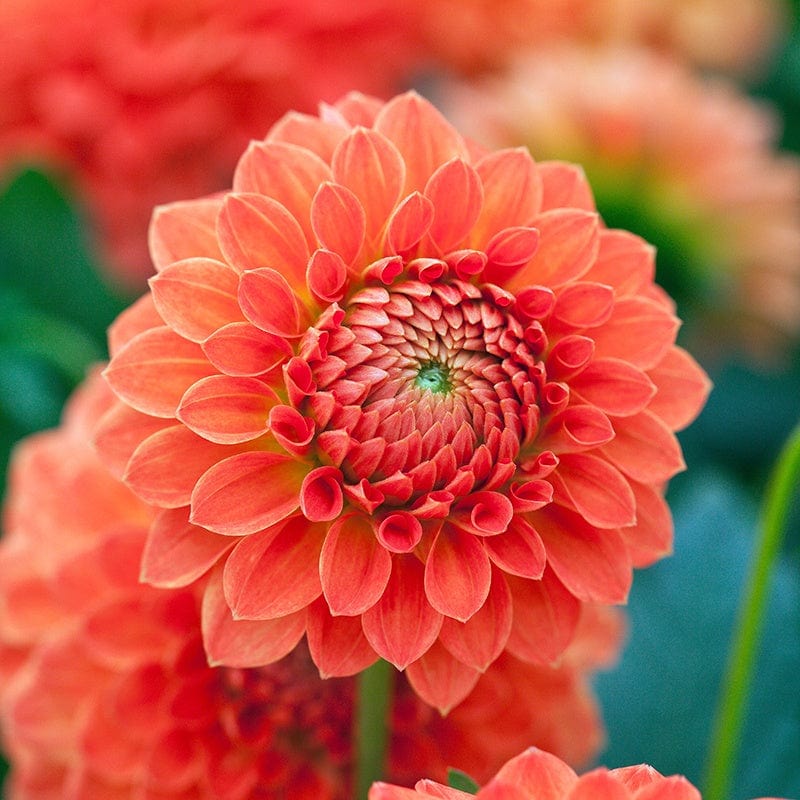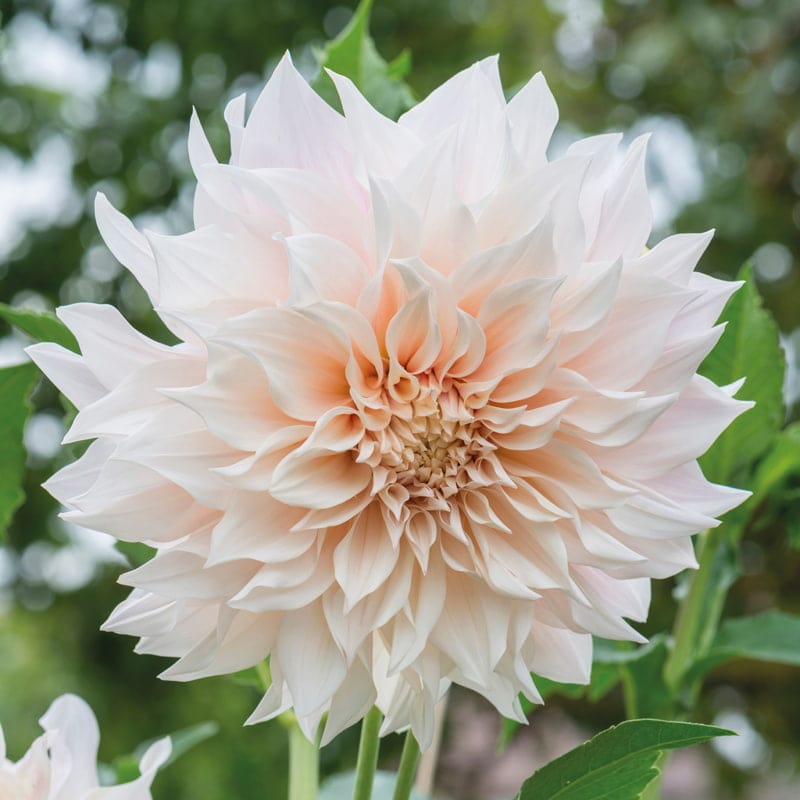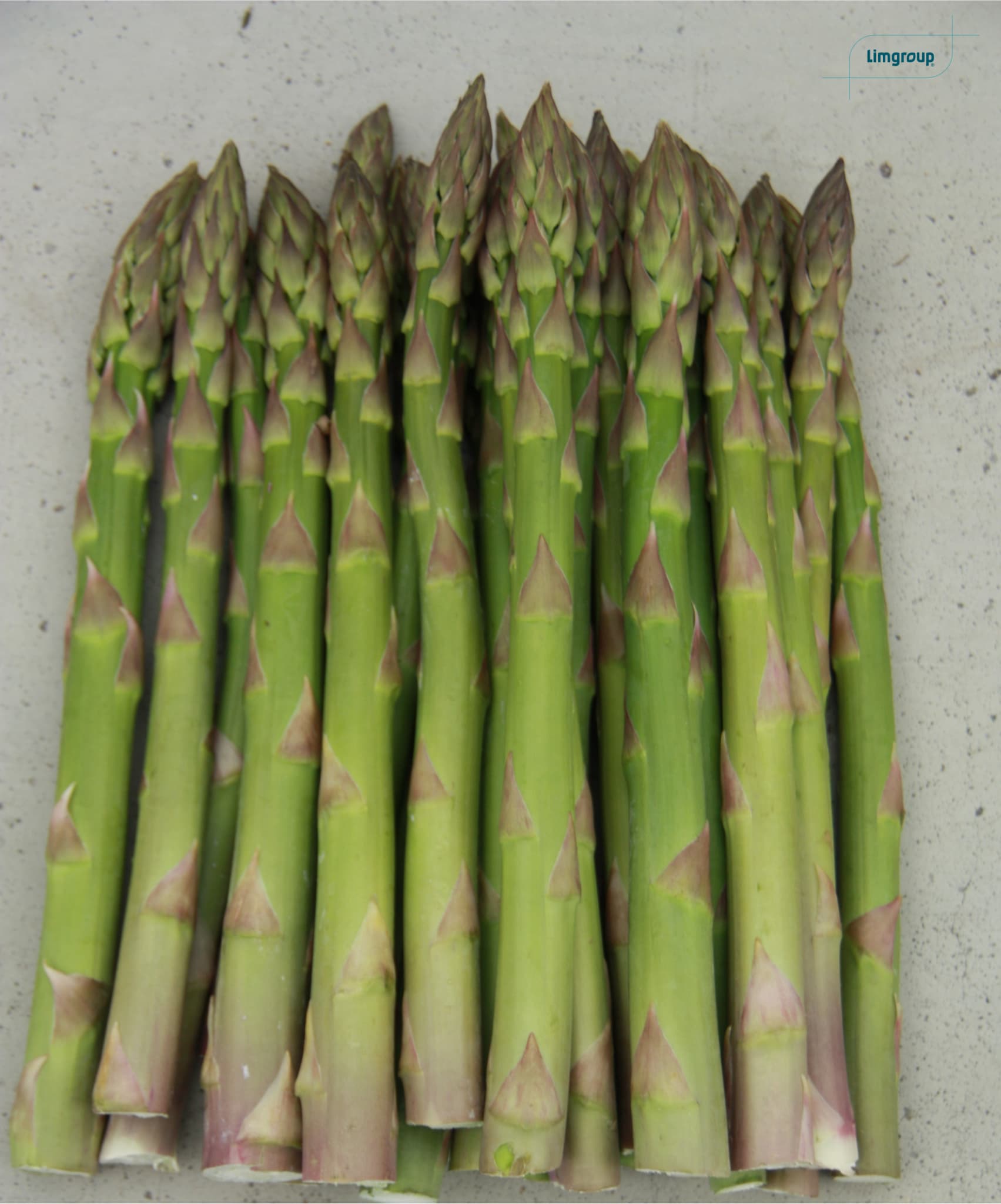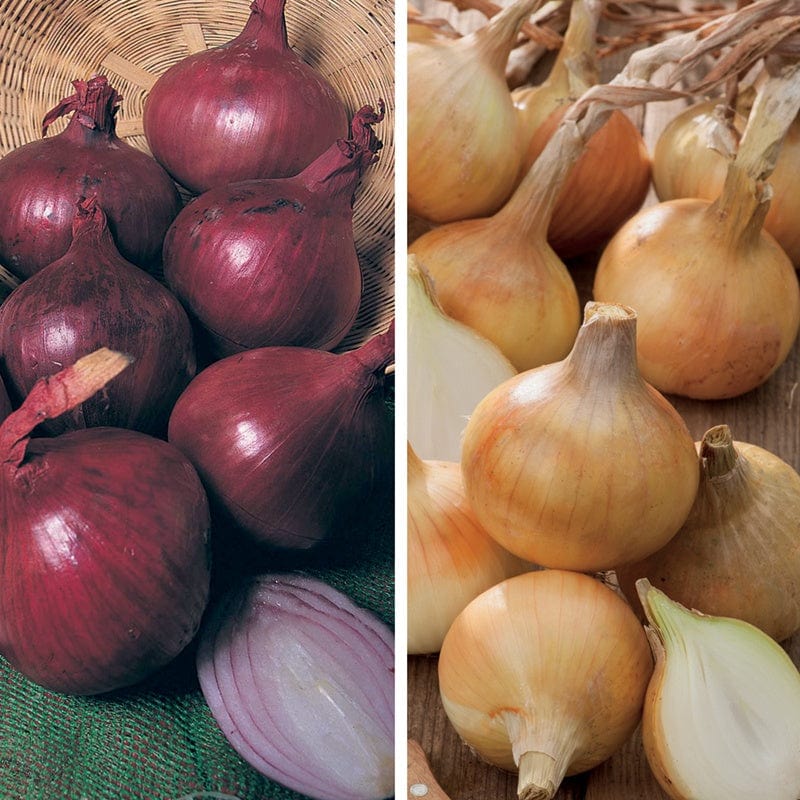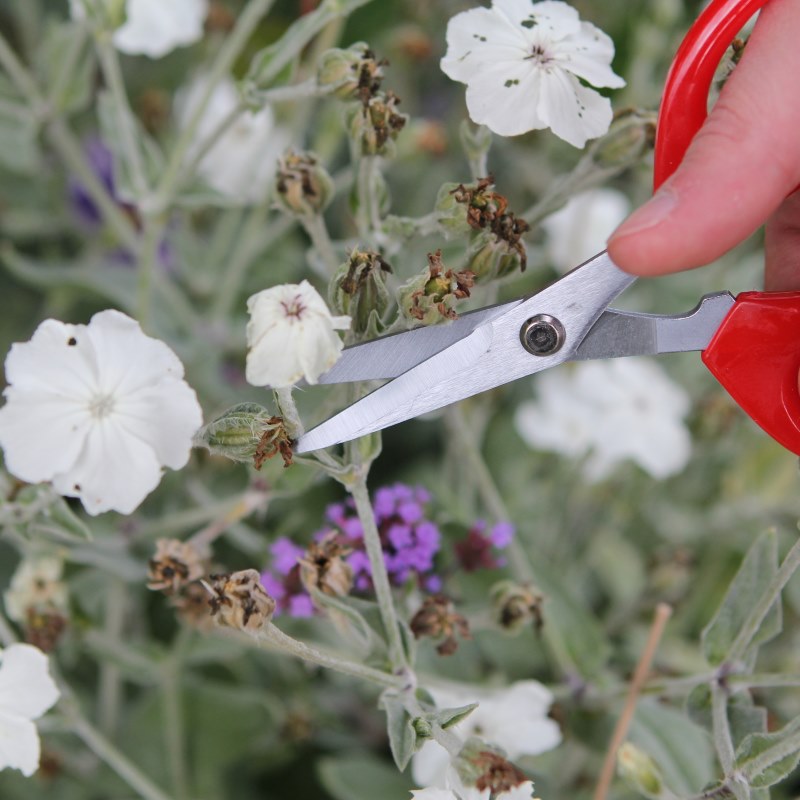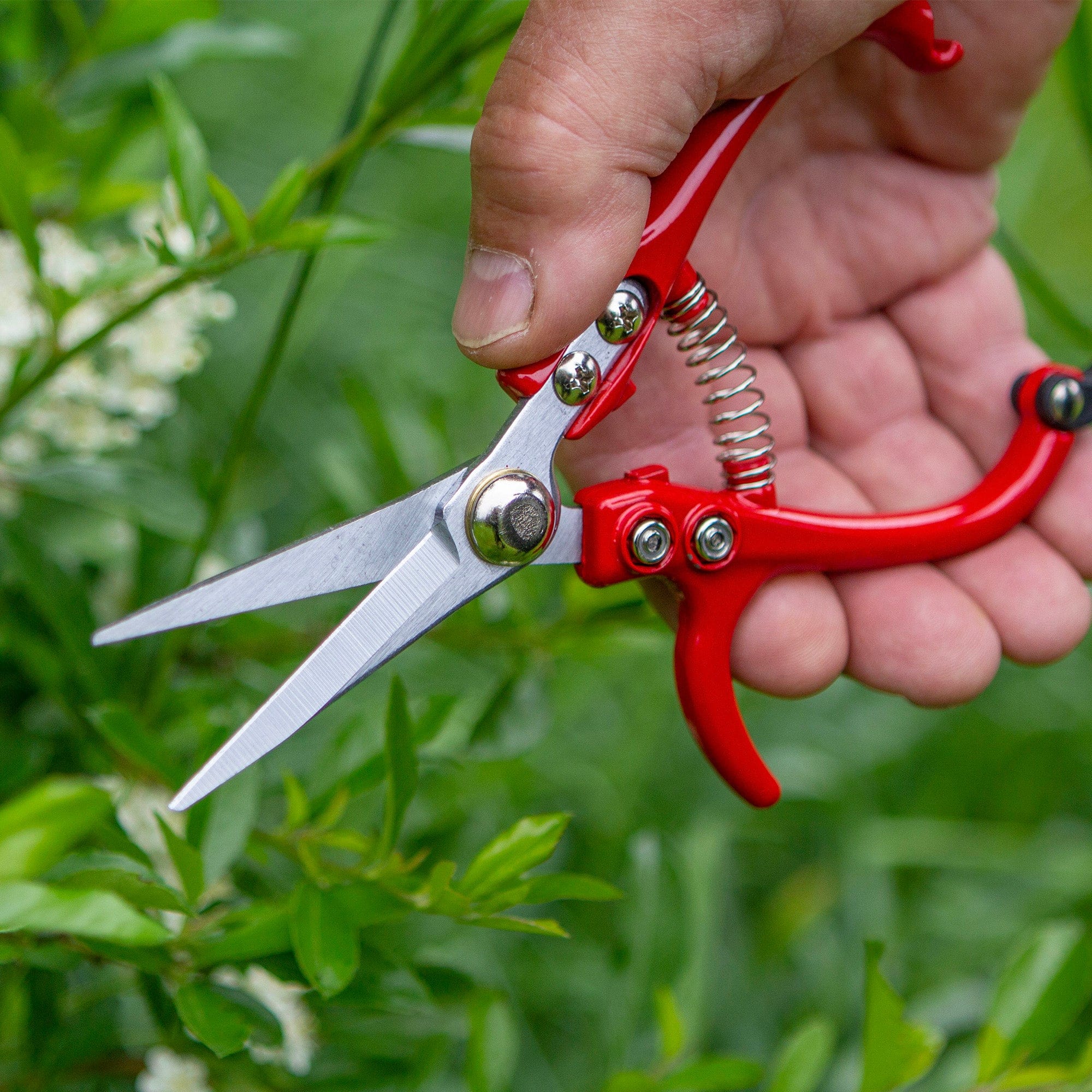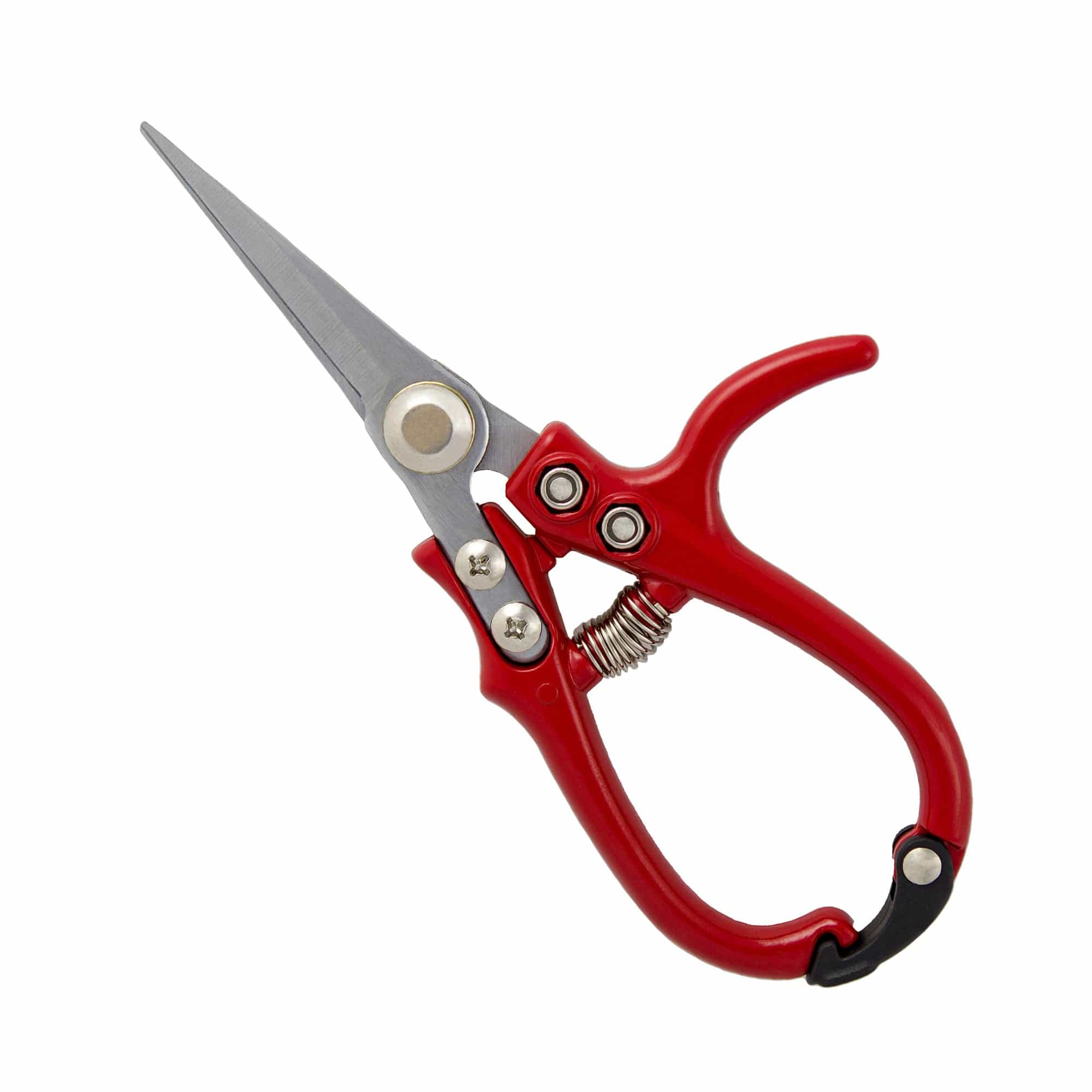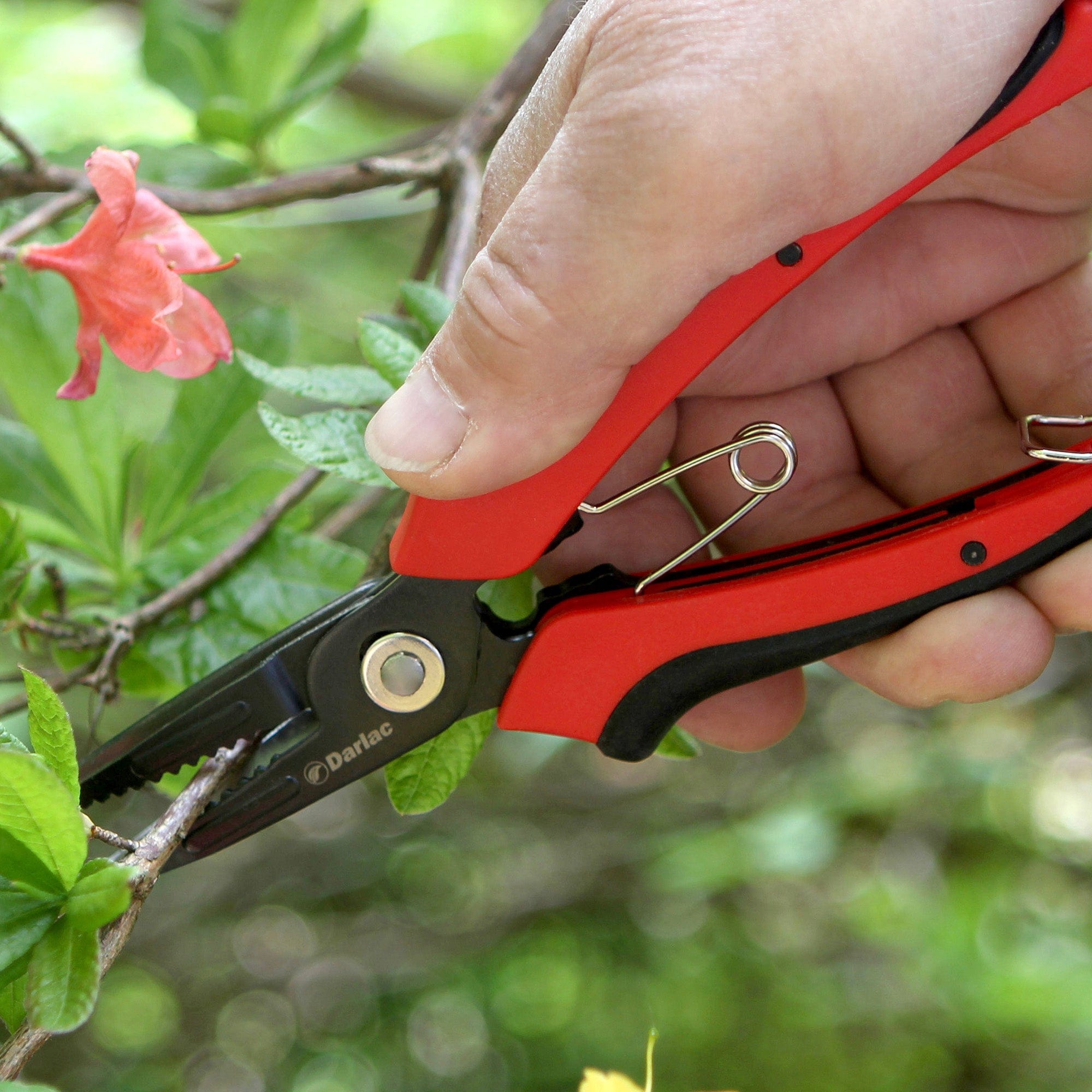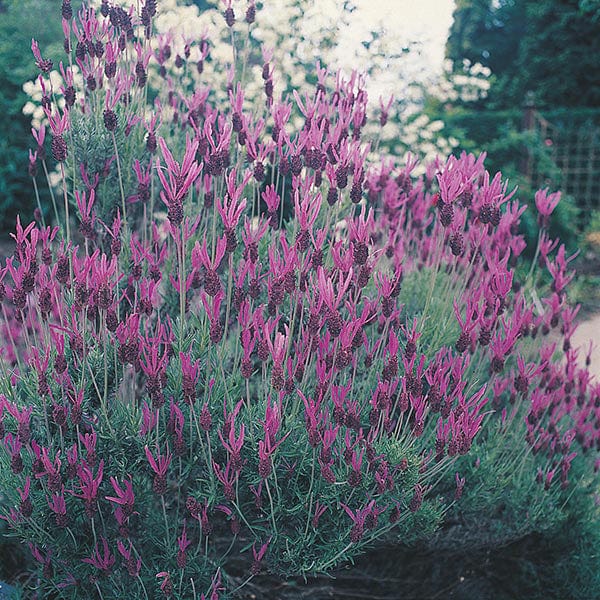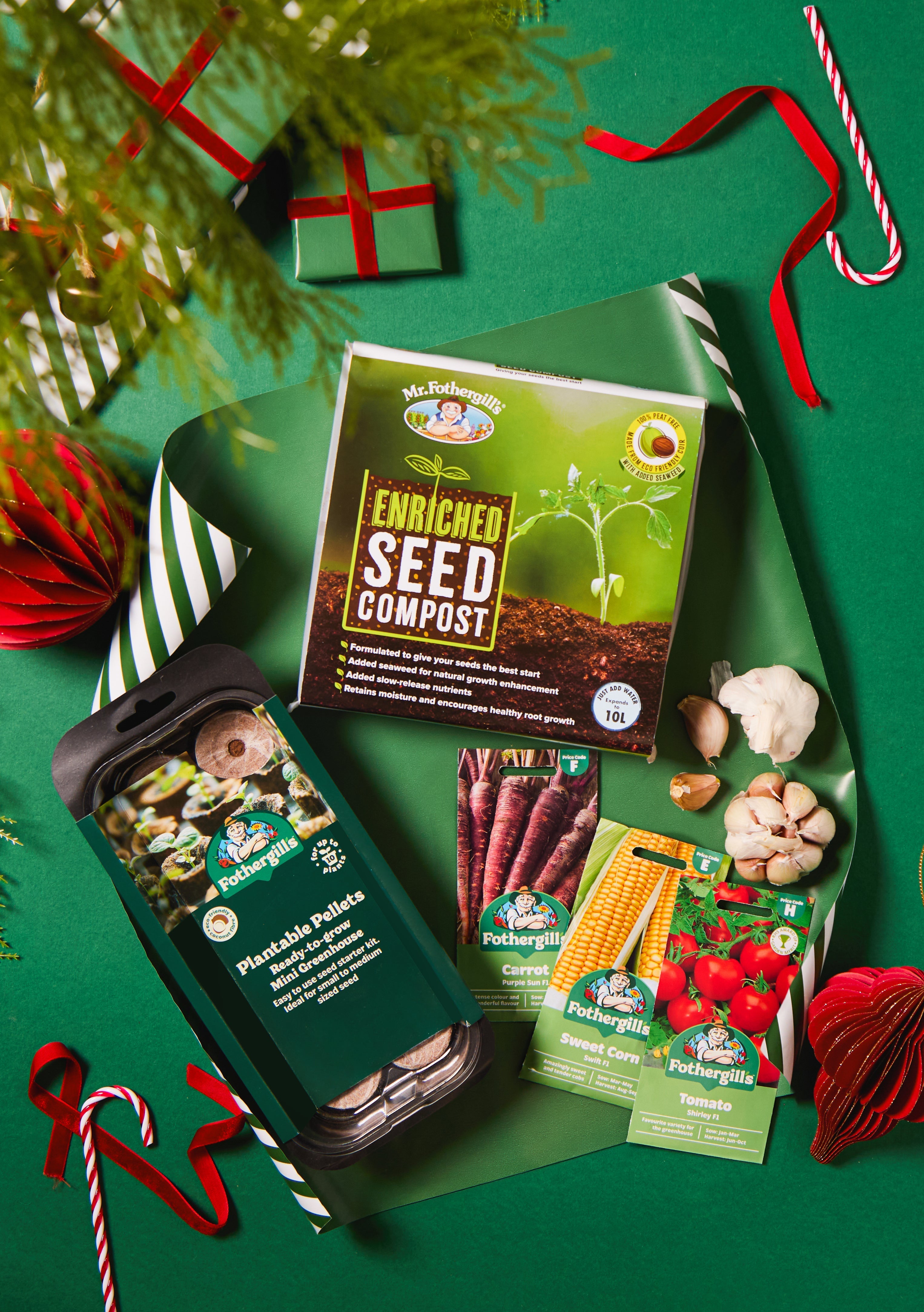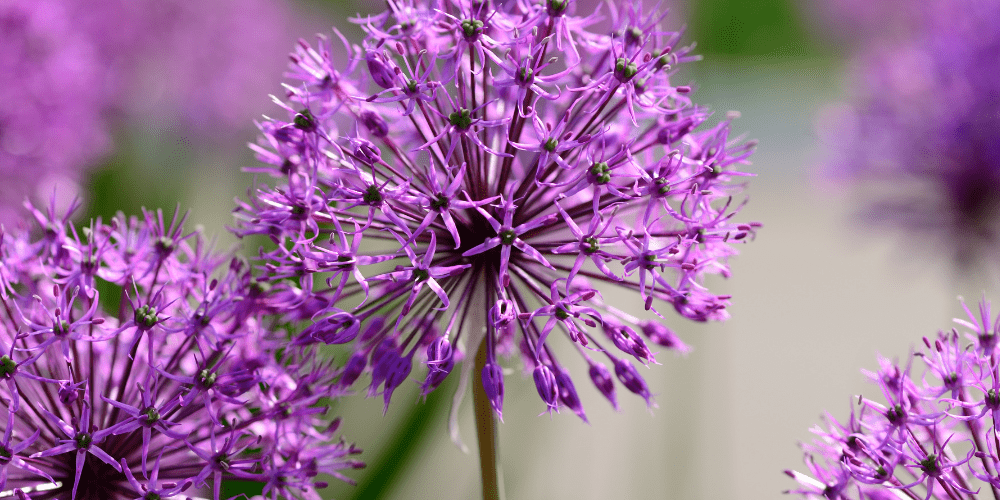Sowing or planting your flowers is only the beginning when it comes to growing your own flowers. Maintaining and looking after them is where the fun really starts! If you’re new to gardening, you may be wondering, ‘What is deadheading?’ Well, here at Fothergill’s, we’ve got all the information you could possibly need when it comes to caring for your flowers by deadheading them regularly.
What is Deadheading?
Deadheading is the removal of spent blooms that are past their best. It is a quick and easy job that gardeners can do several times a week, but it is also one of the most rewarding and beneficial! Results can be seen in your flower plants immediately, which, as you know, is rare in gardening, and it really keeps your garden looking its best. The more often you do it, the less time each session takes. It is also a perfect excuse to nip out for a few minutes of quiet mindfulness ‘me-time’ on a regular basis over the summer.

Why is Deadheading Important?
So, why is deadheading important? Well, removing dead flower heads also prevents plants from setting seed and instead channels that energy into producing more flowers. When a plant sets seed, it also releases hormones, which naturally reduces flowering because its biological drive to reproduce has been successfully completed.
So, it’s good to remove the spent flower heads as soon as possible to encourage lots more blooms and to greatly increase the length of the flowering season. Some plants are known as ‘self-cleaning’, which basically means that new flowers grow over the old ones, hiding them from view. However, whether they need a regular tidy-up or not, all flowering plants will still benefit from the removal of dead heads to save the energy required to make seeds.
Do All Flowers Need Deadheading?
No, not all of your flowers will require deadheading. If fruit is to be set or ornamental seed heads are required, then those plants should not be deadheaded. Also, in the autumn, at the tail end of the flowering season, blooms can be allowed to self-sow or left to provide winter interest and feed seed-eating wild birds like Finches.

Tools for Deadheading
When it comes to deadheading, you’re gonna need a good pair of high-quality snip scissors to use solely for deadheading. Take a look at our garden equipment and Darlac tools to find scissors that promise a good, clean cut every time. We recommend keeping your scissors in the kitchen drawer for easy access and encourage you to wash them well after every use!
How Do You Deadhead Flowers?
The best way to deadhead a flower head is to cut the stem a little bit above the next leaf or pair of leaves. It’s hard to go wrong here, and you can trust your judgement on this. If you keep in mind the desired shape of the plant as you cut, then you can help shape your flowers as you go about deadheading.
If deadheading a whole plant at once, like lavender plants, for example, then it is a good idea to remove some of the fresh leafy growth beneath the flowers, too. This will help to keep the plants neat and prevent them from getting woody and misshapen.
Shop Gardening Essentials at Fothergill’s
Now that we’ve answered your questions about ‘How do you deadhead flowers?’ it’s time to get to growing! Take a look at our selection of flower seeds and flower bulbs today and get the whole family involved in the garden!
Take a look at our growing help and advice blog for even more expert tips to help your garden flourish! At Fothergill’s, we’re all about making gardening simple and accessible for everyone, so take a look now!













